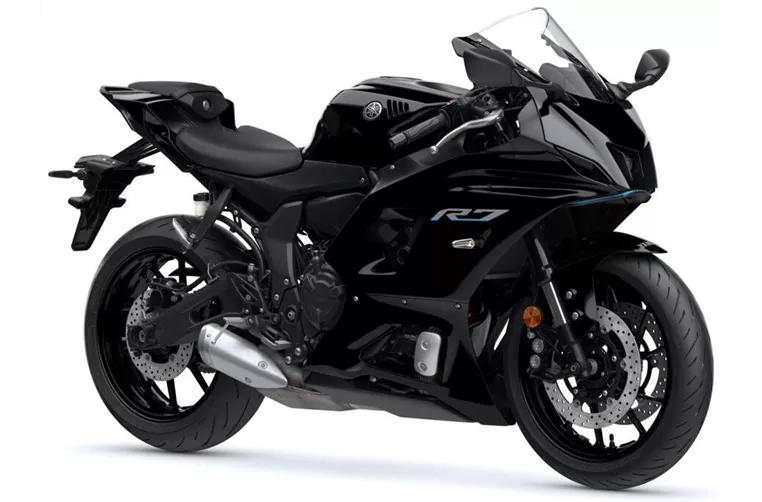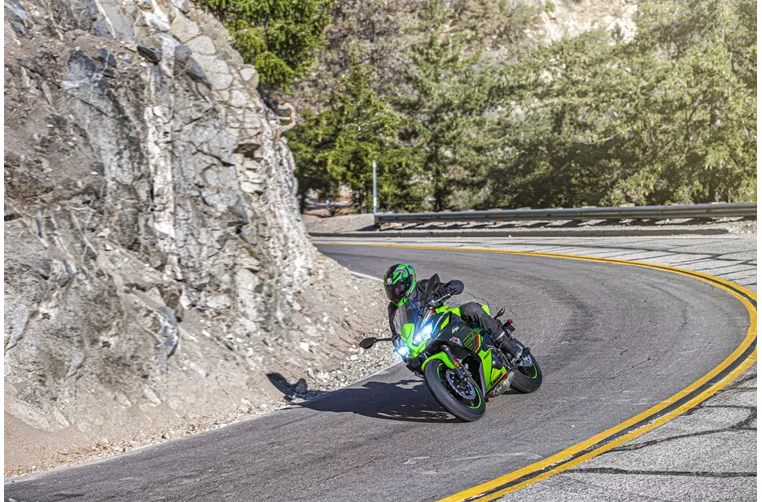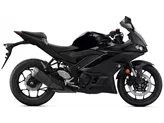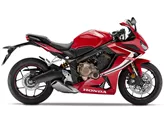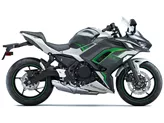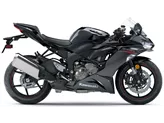Yamaha R7 2022 vs. Kawasaki Ninja 650 2023
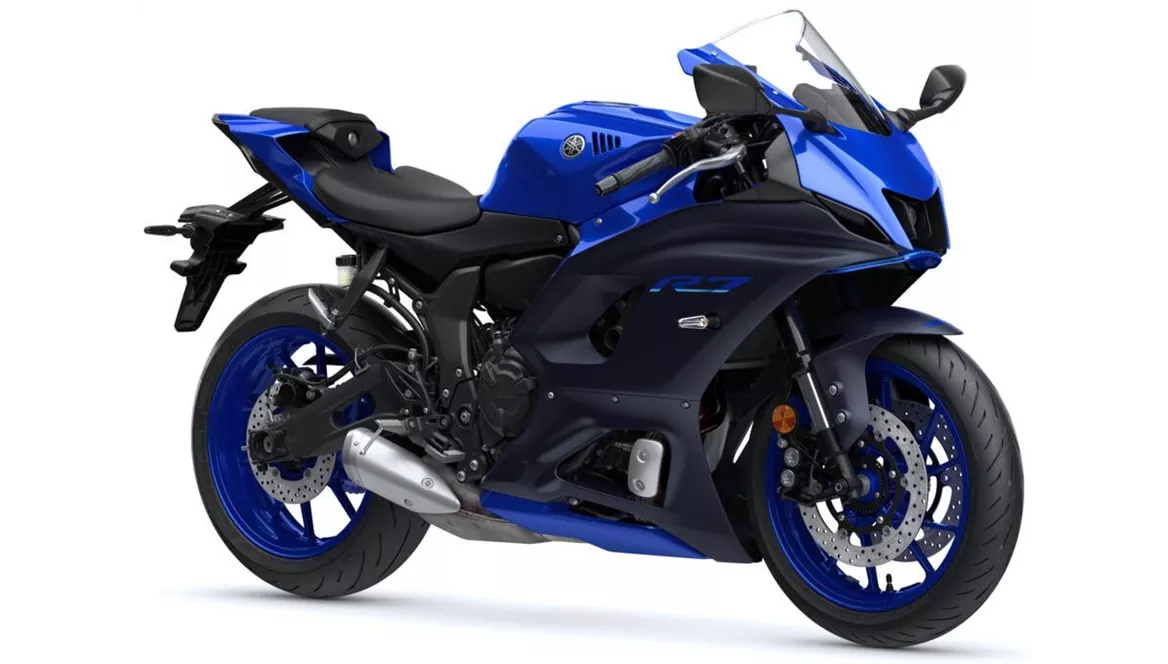
Yamaha R7 2022
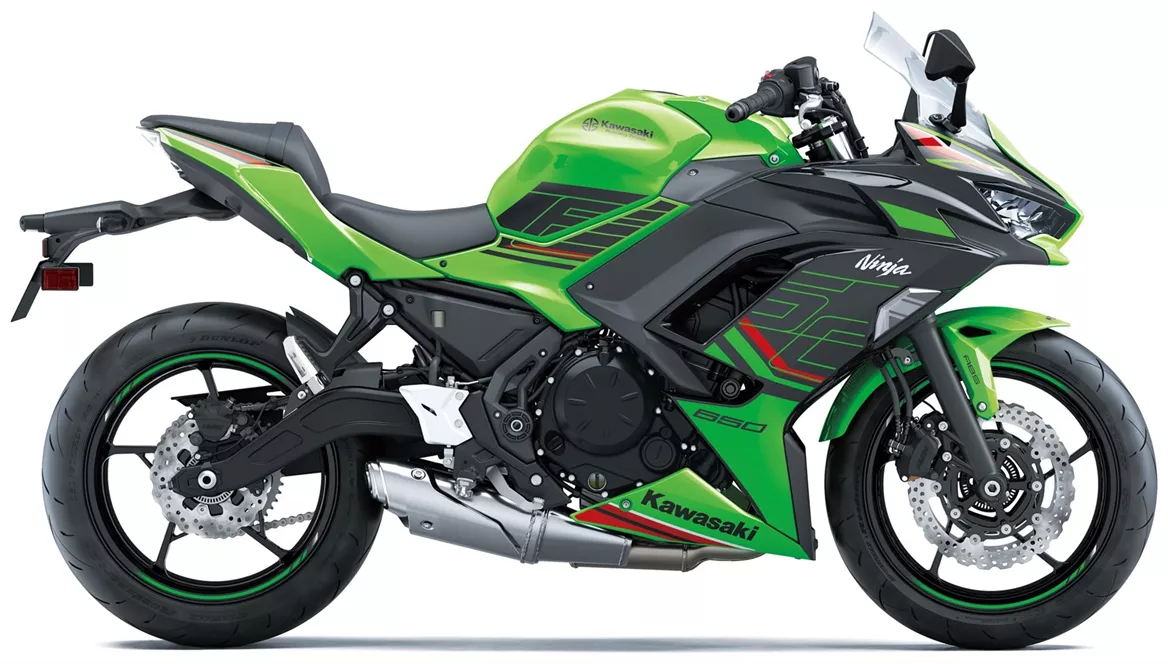
Kawasaki Ninja 650 2023
Overview - Yamaha R7 2022 vs Kawasaki Ninja 650 2023
The Yamaha R7 2022 and the Kawasaki Ninja 650 2023 are both supersport motorcycles that offer a thrilling riding experience. Let's compare these two models based on their technical specifications and strengths and weaknesses.
In terms of engine and drive train, both bikes have an inline engine configuration with 2 cylinders and 4 valves per cylinder. The Yamaha R7 has a displacement of 689cc, while the Kawasaki Ninja 650 has a slightly smaller displacement of 649cc. The Yamaha R7 has a bore of 80mm and a stroke of 68.6mm, while the Kawasaki Ninja 650 has a bore of 83mm and a stroke of 60mm. The Yamaha R7 produces 73.4 HP of power and 67 Nm of torque, while the Kawasaki Ninja 650 produces 68.2 HP of power and 65.7 Nm of torque. Both bikes have a compression ratio of over 10, which contributes to their performance.
In terms of suspension, the Yamaha R7 features an upside-down telescopic fork with a diameter of 41mm at the front, and a swing arm with a monoshock at the rear. On the other hand, the Kawasaki Ninja 650 has a telescopic fork with the same diameter at the front, and a swing arm with a monoshock at the rear. Both bikes have a steel frame and offer a comfortable and stable ride.
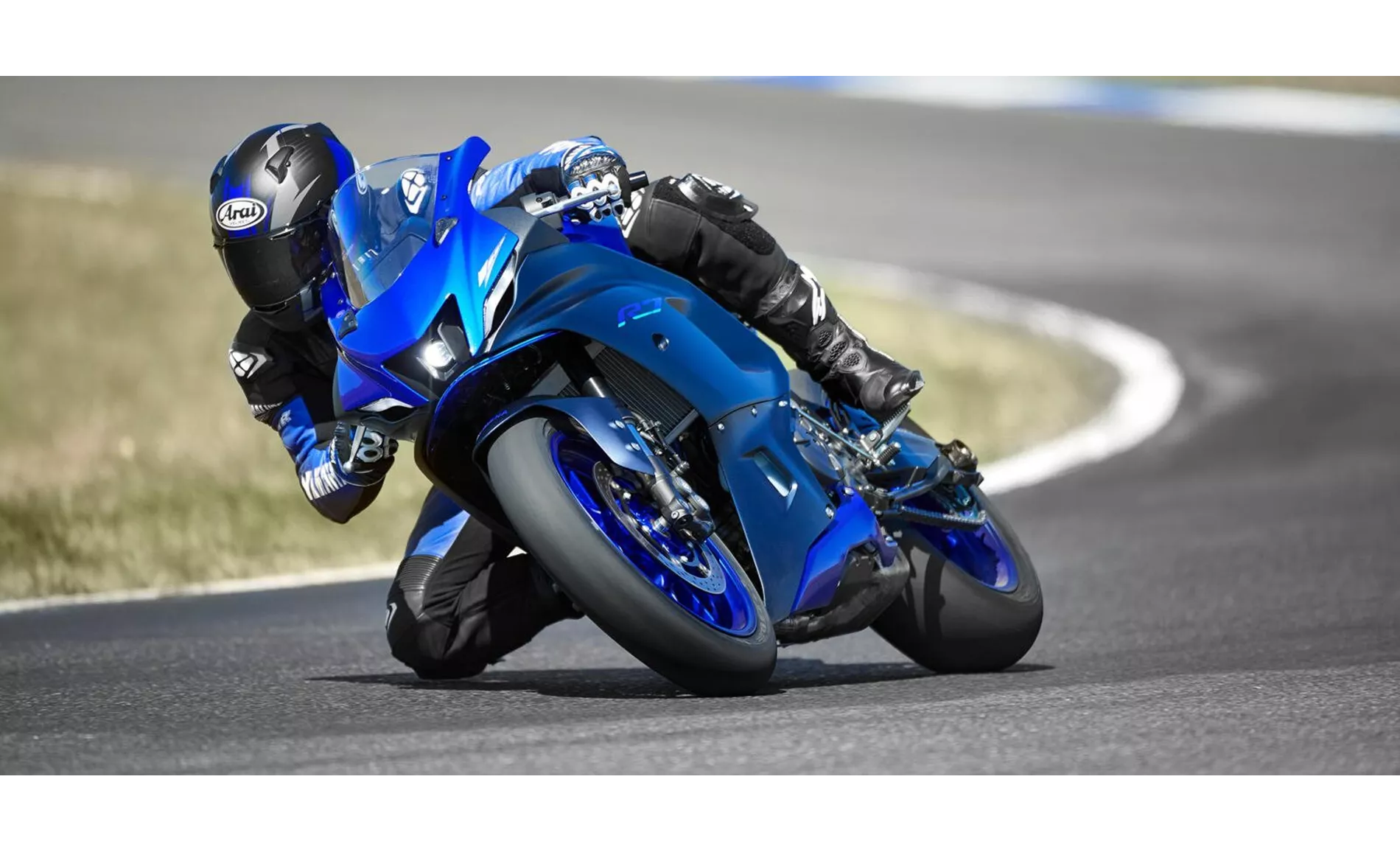
Yamaha R7 2022
When it comes to brakes, both bikes are equipped with double disk brakes at the front. However, the Yamaha R7 uses radial technology for its front brakes, while the Kawasaki Ninja 650 uses petal technology. This difference in brake technology may result in variations in braking performance.
In terms of dimensions and weights, the Yamaha R7 has a front tire width of 120mm and a rear tire width of 180mm, both with a diameter of 17 inches. It has a wheelbase of 1395mm and a kerb weight of 188kg (with ABS). On the other hand, the Kawasaki Ninja 650 has a front tire width of 120mm and a rear tire width of 160mm, also with a diameter of 17 inches. It has a slightly longer wheelbase of 1410mm and a slightly higher kerb weight of 193kg (with ABS). The Kawasaki Ninja 650 also has a larger fuel tank capacity of 15 liters compared to the 13 liters of the Yamaha R7.
In terms of equipment, both bikes feature LED headlights. The Kawasaki Ninja 650 also has LED daytime running lights and a TFT display, which the Yamaha R7 lacks.
Now let's discuss the strengths and weaknesses of each bike. The Yamaha R7 has a powerful CP2 engine that delivers punchy performance from low to mid-range RPMs. It offers a front-wheel-oriented seating position, which enhances control and maneuverability. The adjustable chassis allows riders to fine-tune the bike's handling to their preference. The Yamaha R7 is known for being extremely manageable and has good brakes for confident stopping power.
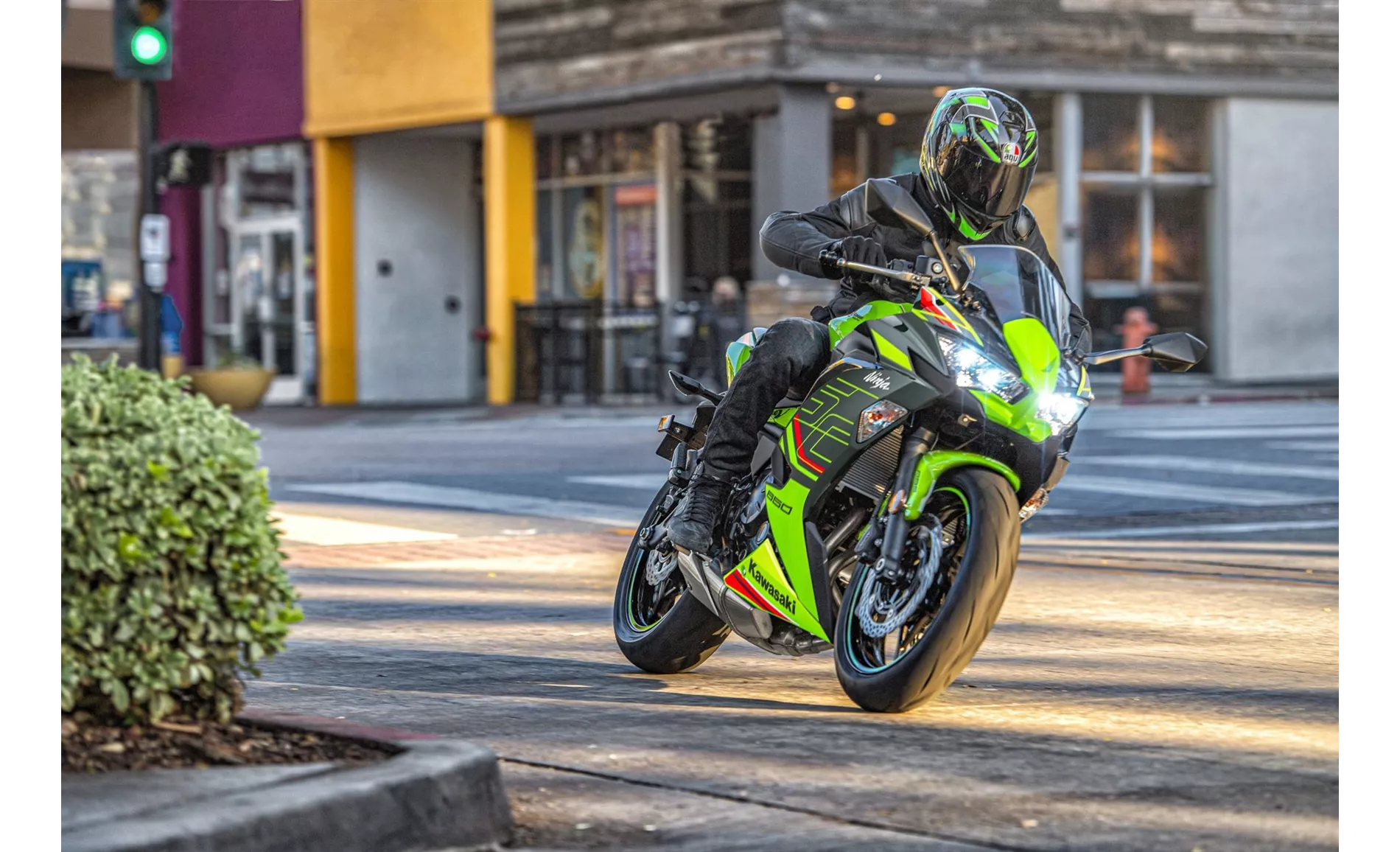
Kawasaki Ninja 650 2023
On the other hand, the Kawasaki Ninja 650 is more suitable for touring and offers a comfortable riding experience. It comes with a safety package that includes ABS and traction control, enhancing rider confidence and safety. The bike is also ergonomically versatile, allowing riders to find a comfortable riding position. The Kawasaki Ninja 650 has a typical Ninja look, which is appealing to fans of the brand.
In terms of weaknesses, the Yamaha R7 lacks a TFT display, which may be a drawback for riders who prefer a more advanced instrument panel. On the other hand, the Kawasaki Ninja 650 has average chassis and brake performance, which may not meet the expectations of riders looking for top-notch handling and braking capabilities. Additionally, adjusting the rear shock absorber on the Kawasaki Ninja 650 is laborious, which may be inconvenient for riders who frequently make suspension adjustments.
In conclusion, both the Yamaha R7 2022 and the Kawasaki Ninja 650 2023 have their own strengths and weaknesses. The Yamaha R7 offers a powerful engine, adjustable chassis, and excellent maneuverability, while the Kawasaki Ninja 650 provides comfort, a safety package, and a versatile riding position. Riders should consider their priorities and preferences to choose the bike that best suits their needs.
Technical Specifications Yamaha R7 2022 compared to Kawasaki Ninja 650 2023
Pros and Cons in comparison
Pros and Cons in comparison
Yamaha R7 2022
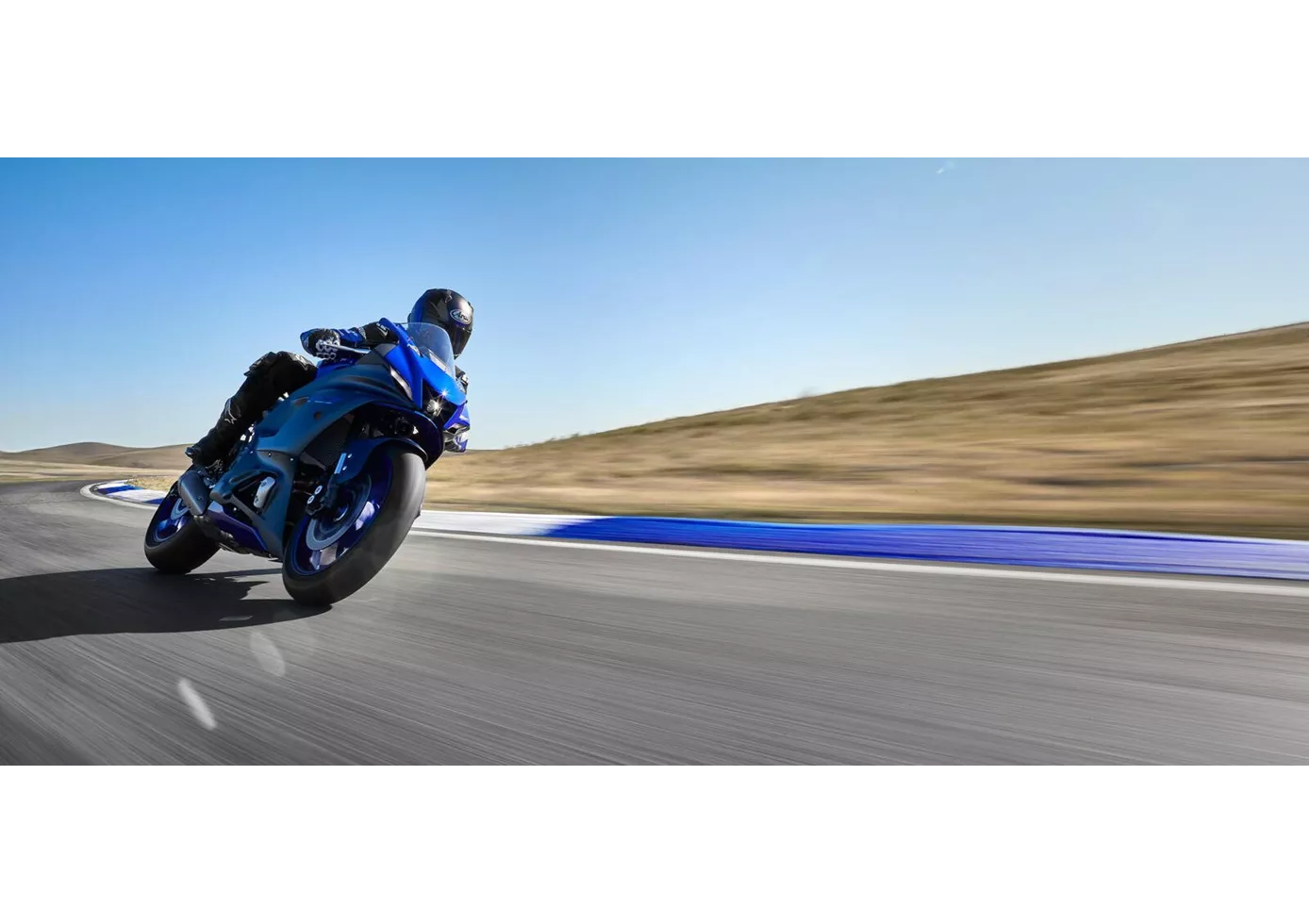
Those who expect the Yamaha R7 to be a half-hearted solution will be surprised at how well-balanced the little supersports bike is. Of course, the engine with just over 70 hp doesn't have what it takes to challenge the R6, for example, but the engine with its punch from below fits the character perfectly. The chassis components are of high quality, even fully adjustable at the front, and the handling of the slim grenade is absolutely awesome. The seating position is fine, not as radical as on a real super sports bike, and therefore suitable for everyday use.
Kawasaki Ninja 650 2023
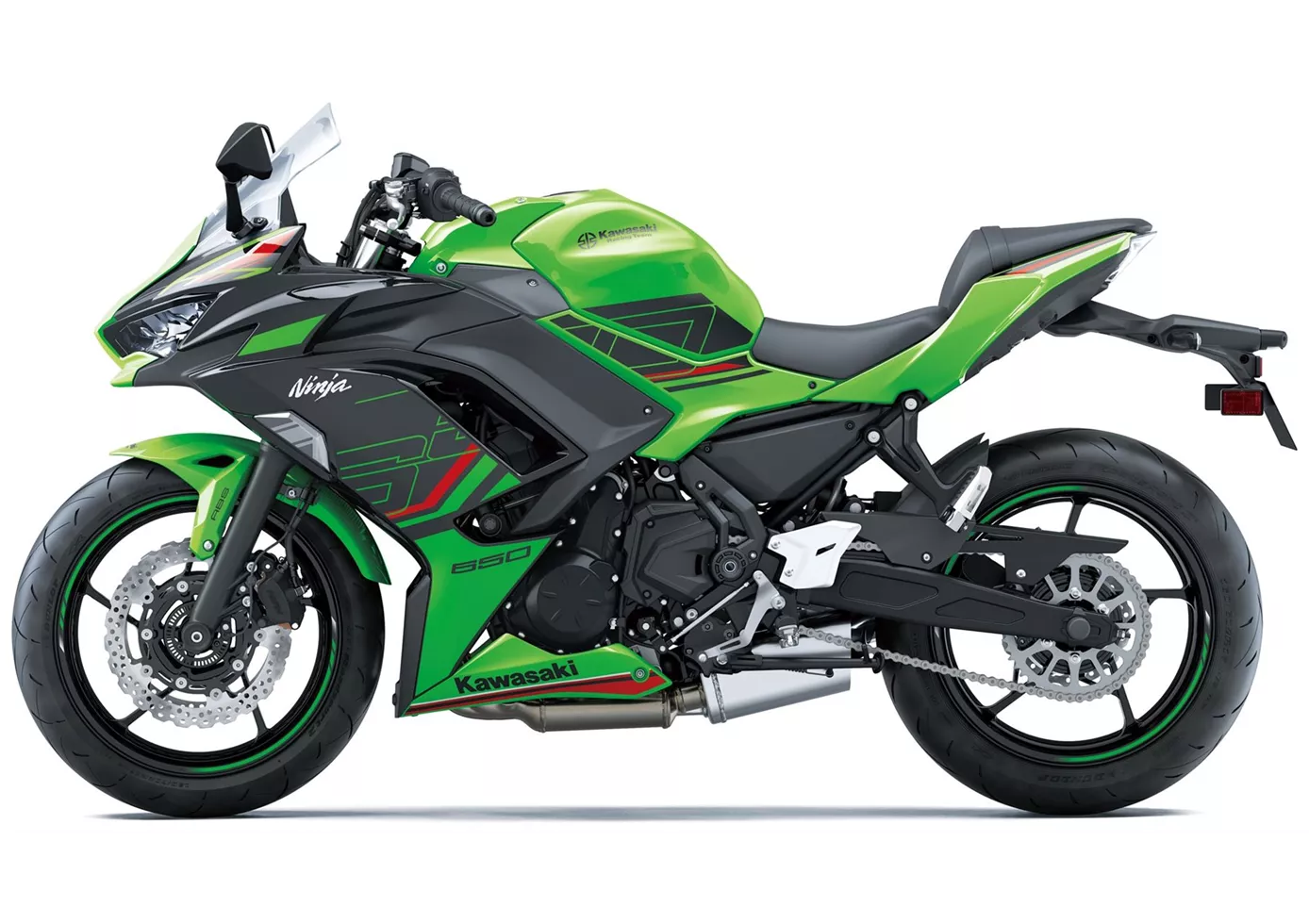
To judge the Kawasaki Ninja 650 purely on its paper form would be a serious mistake. The two-day test showed once again that performance data carries more weight at the pub table than in the wild. Kawa's sports tourer does exactly what it is supposed to and, thanks to the constant revision and the new features added for 2023, is still an enrichment for the class. Only hobby racers should be warned, as the name Ninja still stirs up a certain expectation that the 650 does not fully meet.
Price Comparison Avarage Market Price Yamaha R7 vs Kawasaki Ninja 650
There are a few key differences between a Yamaha R7 2022 and a Kawasaki Ninja 650 2023. In terms of price, the actual average price of a Yamaha R7 2022 is about 27% higher. Compared to Kawasaki Ninja 650 2023 there are less Yamaha R7 2022 bikes available on the 1000PS.de Marketplace, specifically 44 compared to 112. It takes less time to sell a Yamaha R7 with 87 days compared to 137 days for a Kawasaki Ninja 650. Since model year 2021 1000PS.de editors have written 9 reviews for the Yamaha R7 and 20 reviews for the Kawasaki Ninja 650 since model year 2017. The first review for the Yamaha R7 was published on 5/18/2021 and now has more than 92,800 views. This compares to more than 79,600 views for the first review on Kawasaki Ninja 650 published on 10/4/2016.
